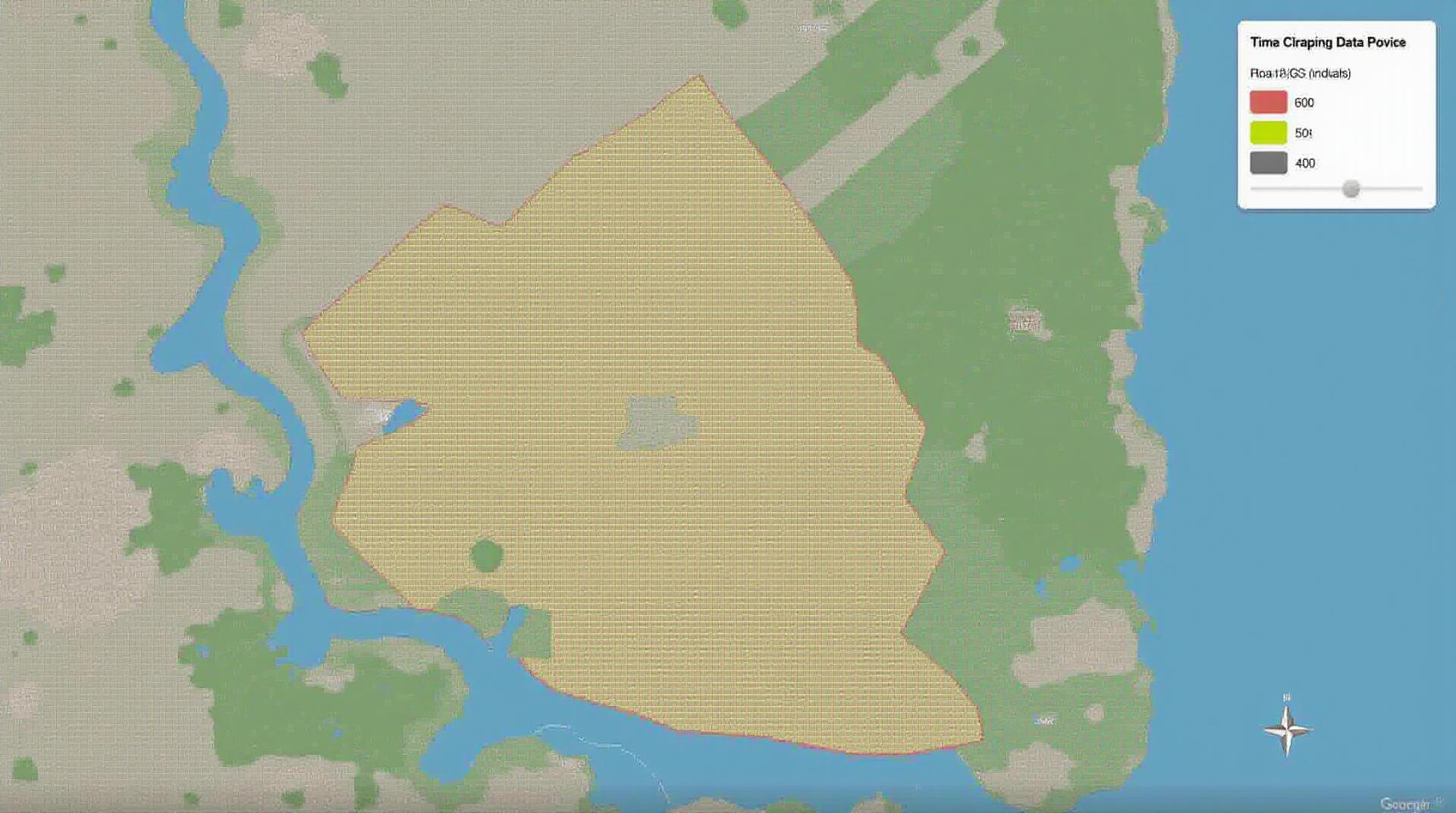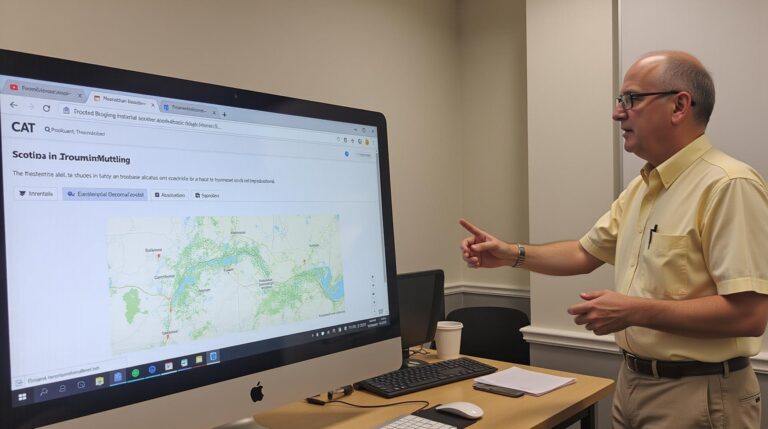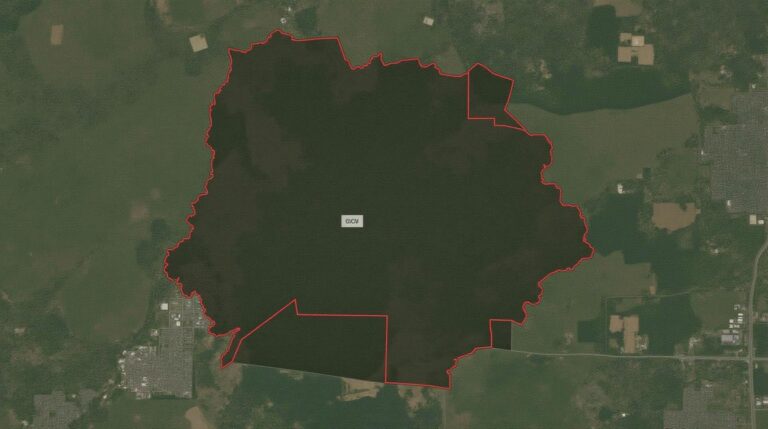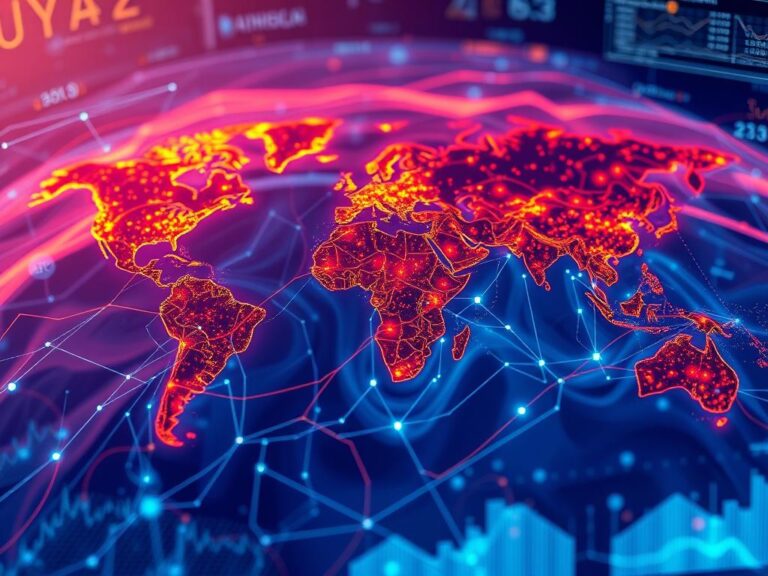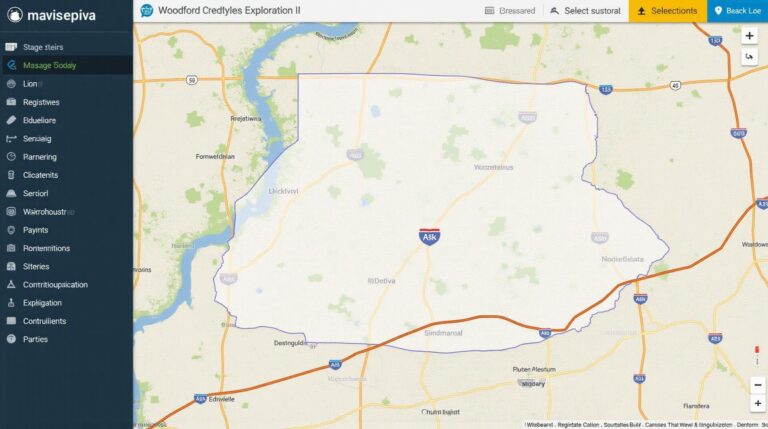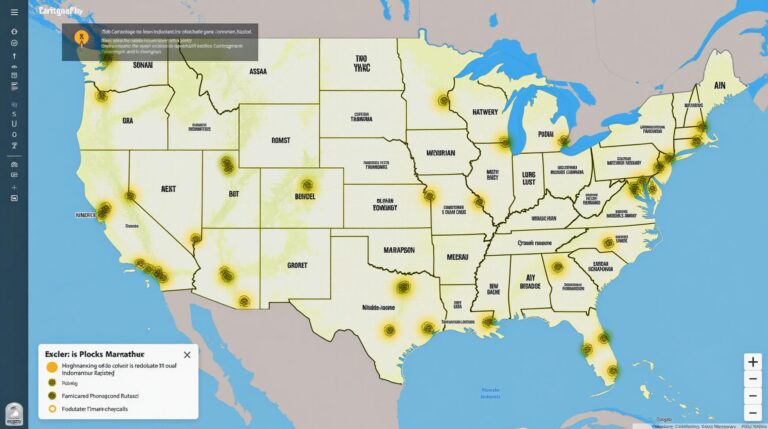AI-Powered Geospatial Data Visualization – 3D Mapping
AI-Powered Geoospatial Data Visualization – 3D Mapping
Modern society relies on quick, clear, and effective ways to understand and engage with large amounts of spatial data. Emerging trends in geospatial data visualization leverage the power of Artificial Intelligence (AI) to translate complex datasets into dynamic and impactful 3D maps. This blog post explores the exciting world of AI-powered geospatial data visualization and its impactful applications, providing a roadmap for navigating this burgeoning field.
Key Concepts
- AI-powered Geospatial Data Visualization: This refers to using AI algorithms and machine learning techniques to create geographic information systems (GIS) and maps that can automatically analyze, interpret, and visualize geographic data, offering insightful representations and discovery.
- 3D Mapping: Utilizes various techniques and software tools to create three-dimensional models of geographic areas. It’s ideal for presenting large, complex datasets such those containing components like terrain, buildings, natural features, or logistical infrastructure.
- Deep Learning Algorithms: Powerful AI tools used to extract meaningful insights from complex spatial patterns and predict future trends, allowing for dynamic map updates, object tracking, traffic calculations, and region utilization prediction.
Benefits of AI-Powered 3D Mapping
The utilization of AI brings numerous benefits to 3D mapping:
* **Improved accuracy:** Machine learning algorithms can analyze vast amounts of spatial data automatically, reducing human error and achieving higher levels of accuracy.
* **Real-world insights:** AI can enhance how we understand natural environments, discuss land use, and predict future phenomena such as housing developments, urban sprawl, and resource depletion with greater precision.
* **Interactive exploration:** IA enables the user to dynamically manipulate and explore 3D environments. Users can zoom in, rotate, pan, and query properties. This showcases geographic data from various angles.
* **Increased accessibility:** AI simplifies the process for accessing and utilizing complex data. This leads to replicating GIS and mapping communication for diverse user groups.
* **Time and cost savings:** AI can significantly streamline the creation process of 3D maps, saving time and resources that would typically be required with traditional methods.
Applications
The possibilities for AI-powered 3D mapping are vast:
- **Urban Planning:** AI helps urban planners formulate sustainable city designs, optimize transportation networks, and allocate resources effectively, predicting traffic flow and managing infrastructure.
- Environmental Management: AI facilitates the monitoring of environmental changes, predicting natural disasters, and identifying vulnerable areas, supporting conservation efforts and natural resource management.
- Financial and Risk Management: AI plays a crucial role in predictive analytics for fields such as real estate, insurance, and investment, modeling economic impacts and guiding investment decisions.
- Agriculture and Food Security: AI eases farmers’ development of viable food sources, crop yield predictions, and location-specific optimal farming practices, contributing to more efficient agricultural production.
Getting Started
If you’re interested in learning more or starting with AI-powered 3D mapping, explore these resources:
- **Software Development Platforms:**
- ArcGIS Pro. [ArcGIS Pro](https://www.esri.com/developers/arcgispro)
- QGIS. [QGIS](https://www.qgis.org/en/site/download.html)
- or try [FOSS](https://fss.arci.ai).
Continued Learning
Check similar topics:
GeoAI-3D-Mapping FAQs
This FAQ section addresses common questions about GeoAI-3D-Mapping. For more information, visit our GeoAI-3D-Mapping page.
What is GeoAI-3D-Mapping?
GeoAI-3D-Mapping is a powerful technology that combines artificial intelligence and advanced 3D mapping techniques to deliver insightful geographical data insights. It enables the creation of immersive, interactive 3D models of locations from various data sources, including satellite imagery, aerial photos, LiDAR scans, and even textual descriptions.
What Data Formats Does GeoAI-3D-Mapping Work With?
- GeoTIFF, JPEG, PNG, DTED, and RADARSAT imagery
- LiDAR point cloud files (. LAS, .LAZ)
- CityGML, OBJ, and FBX 3D model formats
Is GeoAI-3D-Mapping Available for Public Use?
Yes, we offer various access models for GeoAI-3D-Mapping, tailored to diverse client needs. See our details page for pricing and licensing options.
What are the Advantages of Using GeoAI-3D-Mapping?
GeoAI-3D-Mapping provides numerous advantages, including:
- Enhanced Visualization and Understanding: Interactive 3D models allow users to explore locations in detail and understand complex structures, terrain, and relationships.
- Precise 3D Reconstruction: It generates highly accurate 3D models by integrating diverse data sources and automatically identifying surface features, objects, and voids.
- Streamlined Data Analysis: GeoAI-3D-Mapping assists with data fusion, allows automating analysis, and provides detailed reports on location attributes, allowing for informed decision-making.
What Applications Does GeoAI-3D-Mapping Power?
GeoAI-3D-Mapping has applications in numerous territories, including:
- Urban Planning and Development: Creating interactive 3D models of cities and infrastructure improves planning and efficiency.
- GIS Analysis and Feature Extraction: Analyzing terrain, buildings, roads, and other geographic features aids decision-making.
- Environmental Monitoring and Conservation: Monitoring deforestation, measuring pollution, or analyzing elevation data.
- Disaster Management and Relief Operations: Understanding affected areas, damage assessment, and resource distribution.
How Can I Receive More Information on GeoAI-3D-Mapping?
Visit our website at www.techgeo.org to find more information regarding our services.
Importance & Insightful Actionable Advice
GeoAI-3D-Mapping is transforming our ability to interact with and understand the world around us. It’s a powerful tool that empowers businesses and governments to achieve their goals and make informed decisions, unlock hidden value in vast data landscapes, and ultimately change the way we interact with the physical world around us. For example, using GeoAI-3D-Mapping on properties can help with sales, marketing and ensuring safety!

